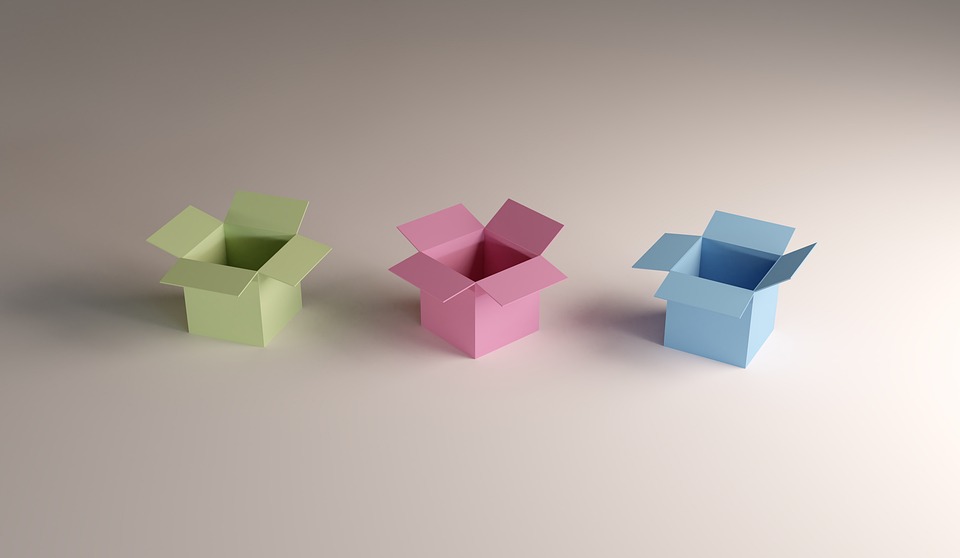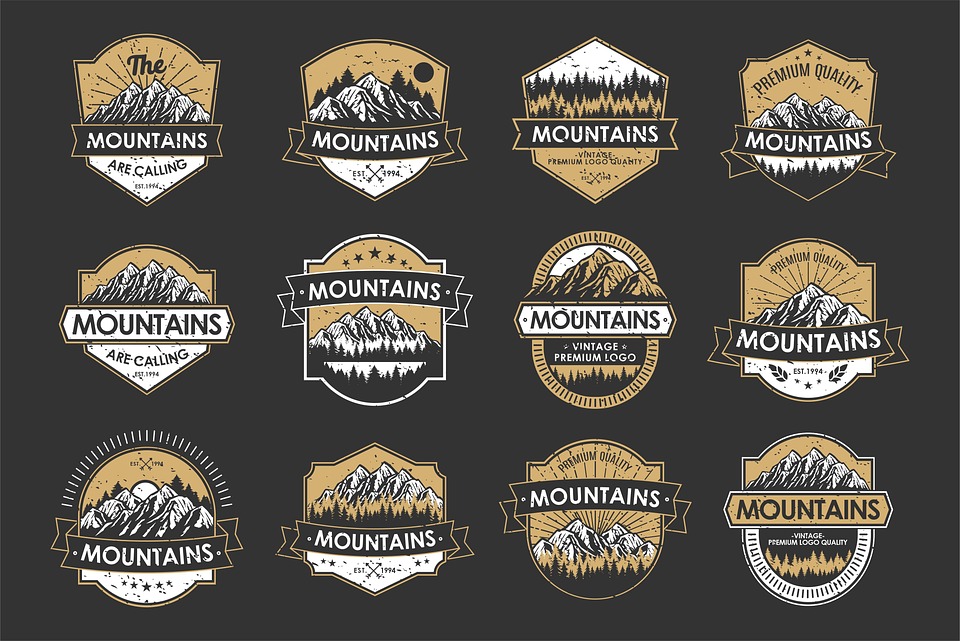Revolutionizing the Box: New Packaging Tech Reduces Waste and Increases Efficiency
The packaging industry is evolving at a rapid pace, driven by a growing demand for sustainable and efficient solutions. Amidst this transformation, innovative companies are developing cutting-edge technologies that are redefining the way products are packaged. These advancements not only reduce waste and lower environmental impact but also increase efficiency, streamline supply chains, and enhance customer satisfaction. In this article, we’ll explore the revolution in packaging technology and its far-reaching benefits.
The Problem: Traditional Packaging
Conventional packaging methods, such as cardboard boxes, plastic wrappers, and foam inserts, have been the backbone of the industry for decades. While they effectively protect products during transportation, they have several drawbacks. These include:
- Waste generation: Disposable packaging materials contribute to the staggering amounts of waste generated worldwide, with most of it ending up in landfills or oceans.
- Resource consumption: The production of packaging materials requires significant resources, including water, energy, and raw materials, which can strain the environment.
- Logistical challenges: Traditional packaging methods often require multiple components, additional packaging materials, and manual labor to assemble, which can lead to increased costs and delivery times.
The Solution: Emerging Packaging Technologies
In response to the limitations of traditional packaging, innovative technologies are being developed to transform the industry. These solutions focus on reducing waste, minimizing material usage, and streamlining processes. Some of the most promising breakthroughs include:
- Bioplastics: Made from renewable sources like corn starch, sugarcane, or potato starch, bioplastics offer a biodegradable and compostable alternative to traditional plastics.
- Sustainable packaging materials: Developments in paper, glass, and metal packaging are reducing the amount of virgin materials used, while also making products more recyclable.
- Active packaging: This technology uses intelligent packaging materials that monitor and respond to changes in product freshness, shelf life, and quality, reducing food waste and spoilage.
- Design for recyclability: Companies are incorporating recyclable materials and designing products for efficient disassembly, reducing waste and facilitating the recycling process.
- Print-on-demand packaging: This technology enables custom printing of packaging materials, eliminating waste from overproduction and reducing the need for excess inventory.
Real-World Applications
These innovative packaging technologies are already yielding impressive results in various industries:
- E-commerce: Online retailers like Amazon and Walmart are adopting eco-friendly packaging solutions, such as bioplastic mailers and recyclable corrugated boxes, to reduce their carbon footprint.
- Food and beverages: Companies like PepsiCo and Mars are using active packaging to extend shelf life and reduce food waste, while others are exploring sustainable packaging materials like glass and bioplastics.
- Pharmaceuticals: Medication packaging is being redesigned with biodegradable materials and child-resistant mechanisms to improve patient safety and reduce waste.
Conclusion
The packaging industry is undergoing a profound transformation, driven by the need for sustainability and efficiency. Emerging technologies are revolutionizing the way products are packaged, reducing waste, minimizing material usage, and streamlining supply chains. As consumers increasingly demand eco-friendly and responsible packaging practices, the packaging industry must continue to evolve, embracing innovative solutions that benefit both the environment and businesses alike.
#Revolutionizing #Box #Packaging #Tech #Reduces #Waste #Increases #Efficiency





dt1m7f
**mindvault**
mindvault is a premium cognitive support formula created for adults 45+. It’s thoughtfully designed to help maintain clear thinking